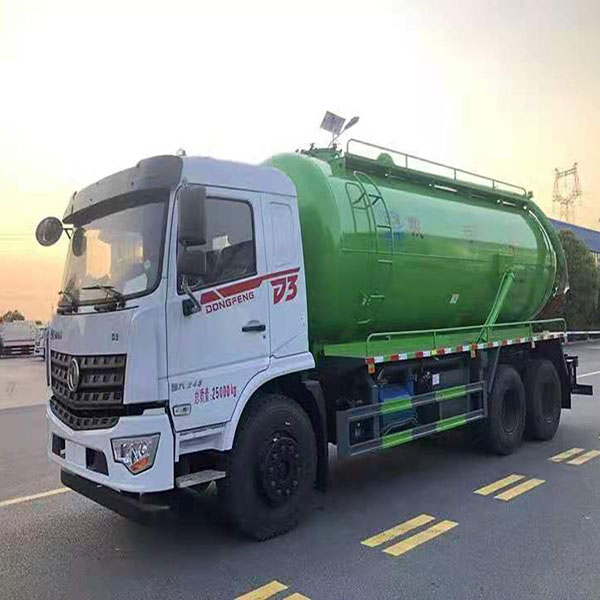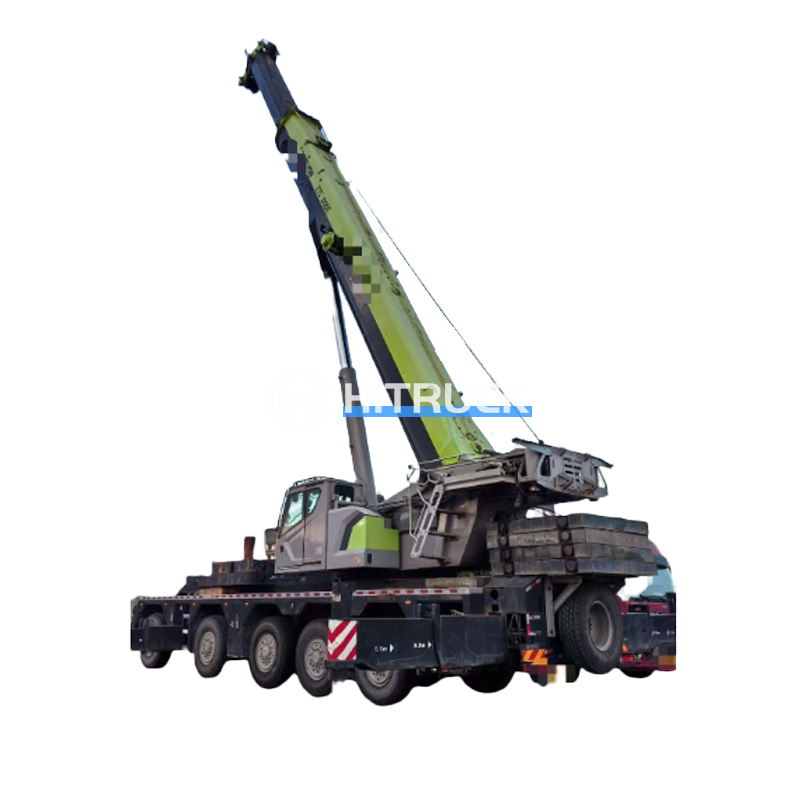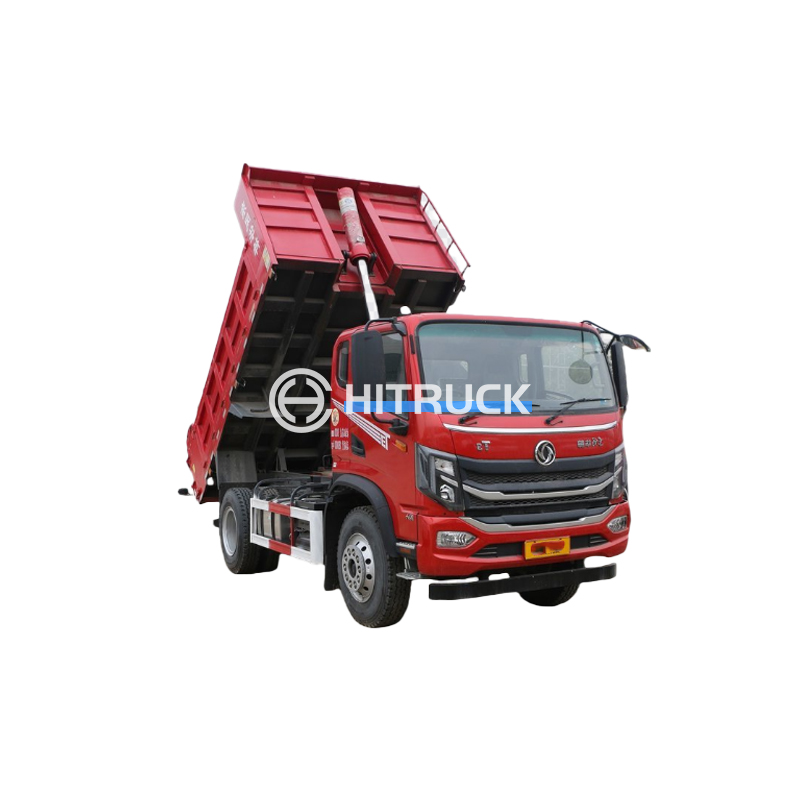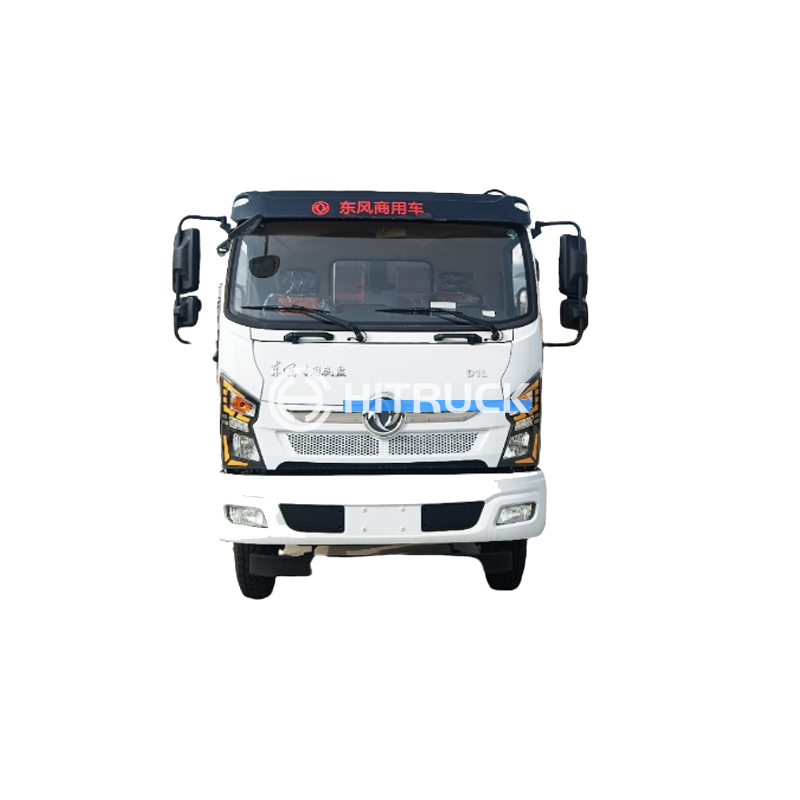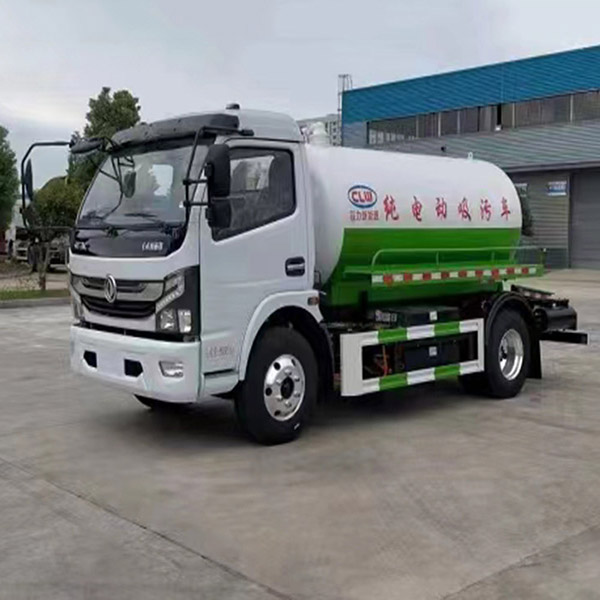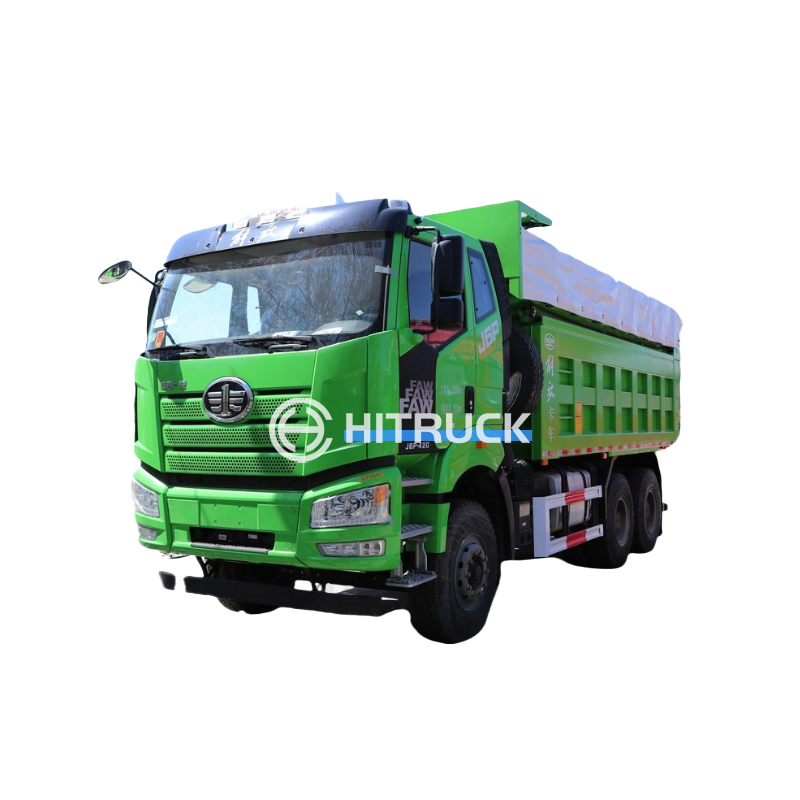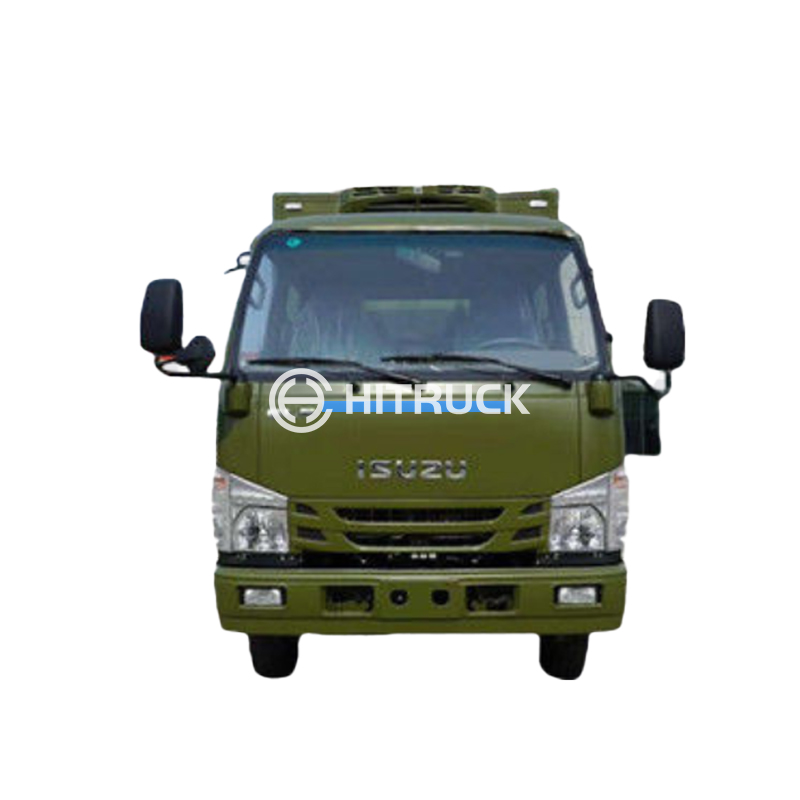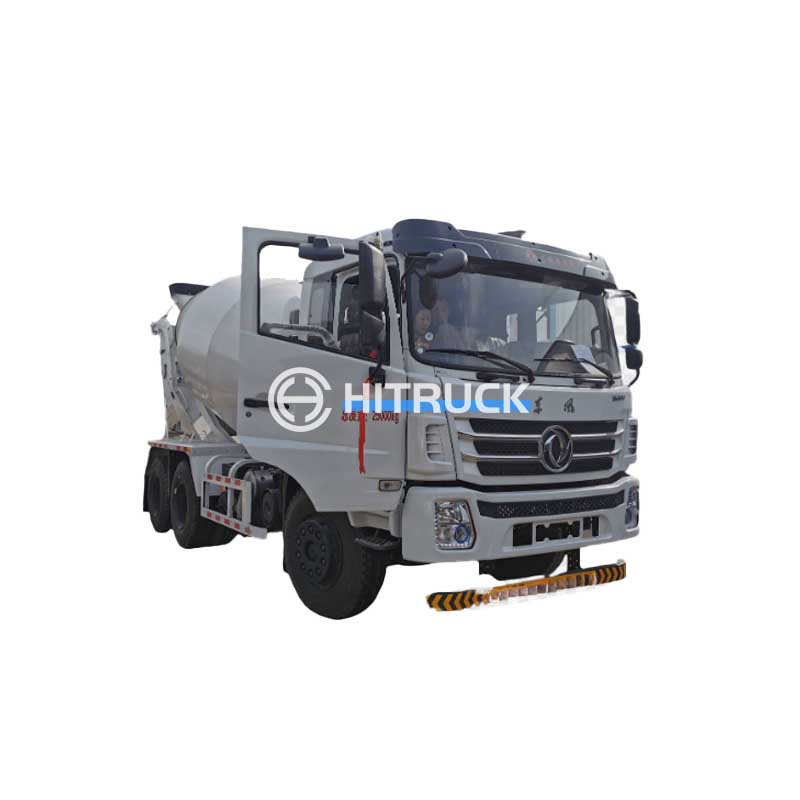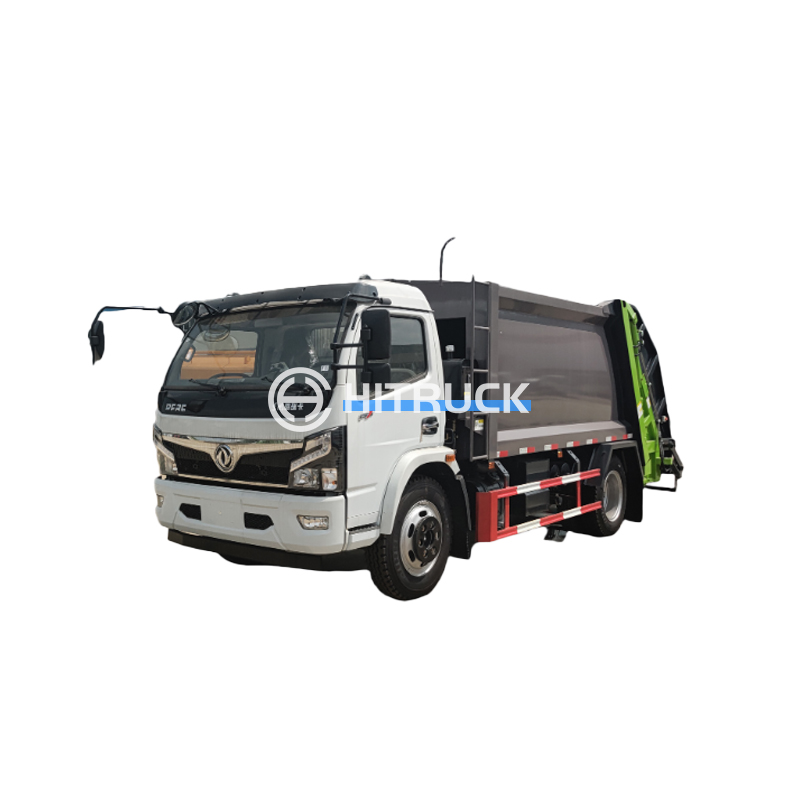This comprehensive guide explores the intricacies of single beam overhead cranes, providing valuable insights for those seeking to understand their capabilities, limitations, and selection criteria. We'll cover key specifications, applications, safety considerations, and factors to consider when choosing a crane for your specific needs. Discover how to optimize your material handling operations with the right single beam overhead crane.
A single beam overhead crane, also known as a single girder crane, is a type of overhead crane featuring a single main beam supporting the hoisting mechanism. Unlike double girder cranes, they offer a more compact design, making them suitable for applications with lower headroom restrictions and lighter lifting capacities. These cranes are commonly used in workshops, factories, and warehouses for lifting and moving materials within a defined area.
Single beam overhead cranes are typically designed for lighter lifting capacities, ranging from a few hundred kilograms to several tons, depending on the beam's structural design and the hoisting mechanism used. The specific capacity is crucial to consider when selecting a crane, ensuring it can handle the heaviest load you'll need to lift. Always choose a crane with a safety factor exceeding your anticipated maximum load.
The span length refers to the distance between the crane's support columns. This dimension is critical and dictates the workspace covered by the crane. Single beam overhead cranes are available in various span lengths, allowing for customization to fit the specific layout of your facility. Choosing the appropriate span is critical for efficient material handling and avoiding obstructions.
The hoisting height determines the maximum vertical lift capability of the crane. This specification must be carefully assessed to ensure the crane can reach all necessary heights within your workspace. Factors such as building height and the dimensions of the materials being lifted should be taken into account.
Various hoisting mechanisms can be integrated with single beam overhead cranes, including electric chain hoists, electric wire rope hoists, and manual chain hoists. Each type offers different lifting capacities, speeds, and control mechanisms. The selection depends on the load characteristics, lifting frequency, and budgetary constraints. Electric hoists offer greater efficiency and safety, while manual hoists are typically more economical for less demanding applications.
Single beam overhead cranes find widespread use across various industries. Common applications include:
Selecting the right single beam overhead crane involves a careful evaluation of several factors:
Operating a single beam overhead crane safely is paramount. Regular inspections, operator training, and adherence to relevant safety regulations are essential to prevent accidents. Consult local regulations and industry best practices for safe operation and maintenance procedures.
For businesses seeking high-quality and reliable single beam overhead cranes, exploring reputable suppliers is crucial. Consider suppliers with a proven track record and a commitment to safety standards. Suizhou Haicang Automobile sales Co., LTD offers a wide range of material handling equipment, including various crane models. They can assist you in selecting the appropriate single beam overhead crane tailored to your specific requirements.
Remember, proper selection and maintenance of your single beam overhead crane are crucial for ensuring both operational efficiency and workplace safety.

